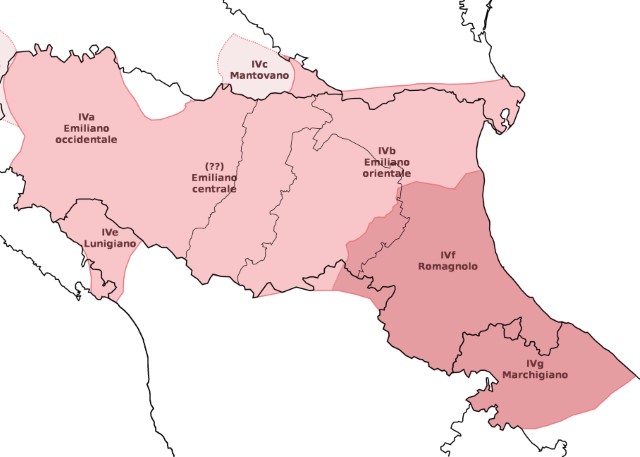
Between the 9th and early 11th centuries there were a large number of pirate raids on the Ligurian coast – by Vikings, Saracens and Normans among others. The Saracens (who were never seriously interested in colonisation) were eventually expelled/eradicated but some Normans and Vikings stayed. The genetic legacy of this settlement is still noticeable today in the prevalence of blue eyes and blond hair – for details see here.
In parallel with settlement resulting from piracy there is a tradition that the Lusignan family, originating from the Poitou area in Western France, were awarded the fief of Lusignana as a reward for helping to repel Muslim incursions into Provence and elsewhere. This contention, to be found in the official history of the village, is attractive but not supported by contemporary documentation.
One factor in support of a Norman French connection is the survival of Emilian as the local language. Strictly, the term Emilian refers to a collection of local languages which are part of the Gallo-Italic group spoken in the historic region of Emilia. Although commonly referred to as an Italian dialect (even by its speakers), it is not directly related to (or derived from) the Italian language. Indeed, the two languages are not mutually intelligible. Gallo-Italic languages are Western New Latin (they conserve innovative phonetic and syntactic features) as are French, Occitan and Catalan; while Italian is part of Eastern New Latin.
Emilian is written using a Latin script that has never been standardised. As a result, spelling varies widely across the dialects which were largely oral and rarely written down until the late 20th century.
